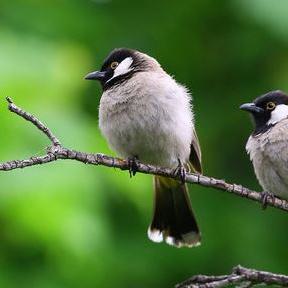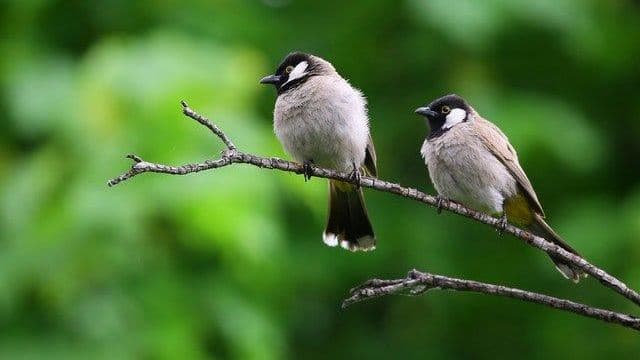According to researchers, in recent decades many species of birds, fish, mammals, amphibians and plants have grown smaller due to higher temperatures caused by human activities, putting their survival at risk.
One study conducted on over 70,000 specimens of migratory birds that collided with skyscrapers in Chicago between 1978 and 2016, after recovering and preserving them, concluded that at least 50 species of common birds in North America had shrunk on average by 2.6 percentage points, and that even their bone structure had reduced: “a general reaction to climate change”, confirms the study.
There’s more: according to research from 2017, in the last six decades the “menhaden” fish, which mainly lives in the Gulf of Mexico and off the Atlantic coast of the United States and Canada, has shrunk in size by 15 percent on average. The same has happened to a species of salmon living in the Tana river in the north of Finland: in 40 years males have lost around half of their body mass, while females reduced by 10 percent.

